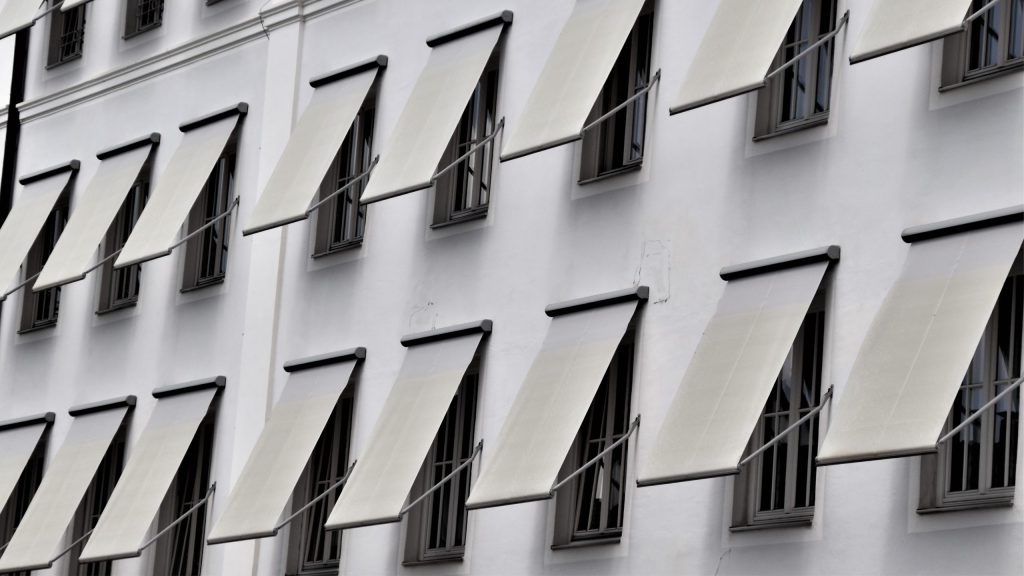
Policy Solution
Building orientation
Mandate

Summary
Doors and windows can be oriented to minimize solar heat gain and increase ventilation.
Implementation
Update design guidelines to orient doors and windows to minimize solar heat gain (e.g. north-south orientation to minimize sun exposure and windows oriented toward prevailing winds for ventilation).
Considerations for Use
This is only applicable to new developments.
Overview
Climate:
Cold, Hot/Dry, Hot/Humid, TemperatePolicy Levers:
MandateMandates are government regulations that require stakeholders to meet standards through building codes, ordinances, zoning policies, or other regulatory tools.Trigger Points:
City planning processesIncludes city initiatives such as the development of climate action plan, pathway to zero-energy, master plan, transit plan, energy mapping etc.Introducing new or updated zoning/codesIncludes codes, zoning requirements or by-laws pertaining to urban planning and building construction activity.Intervention Types:
Buildings and Built FormSectors:
Buildings
Case Studies
Impact
Target Beneficiaries:
Property owners, ResidentsPhase of Impact:
Risk reduction and mitigationMetrics:
Decrease in surface temperature, Energy savings
Implementation
Intervention Scale:
Building, SiteAuthority and Governance:
City governmentImplementation Timeline:
Short-term (1-2 Years)Implementation Stakeholders:
City government, Private developersFunding Sources:
Private investment, Public investmentCapacity to Act:
High, MediumBenefits
Cost-Benefit:
LowPublic Good:
LowGHG Reduction:
LowCo-benefits (Climate/Environmental):
Reduce greenhouse gas emissionsCo-benefits (Social/Economic):
Save on utilities
